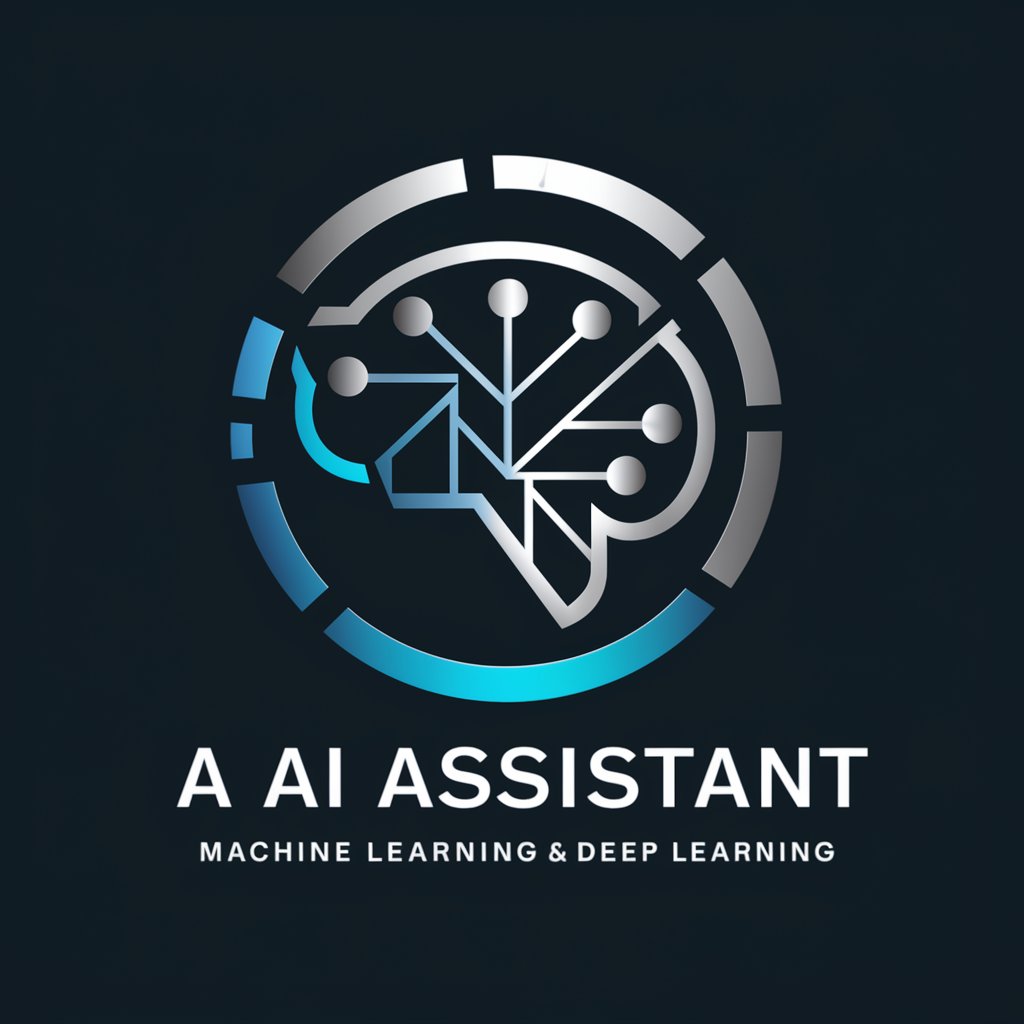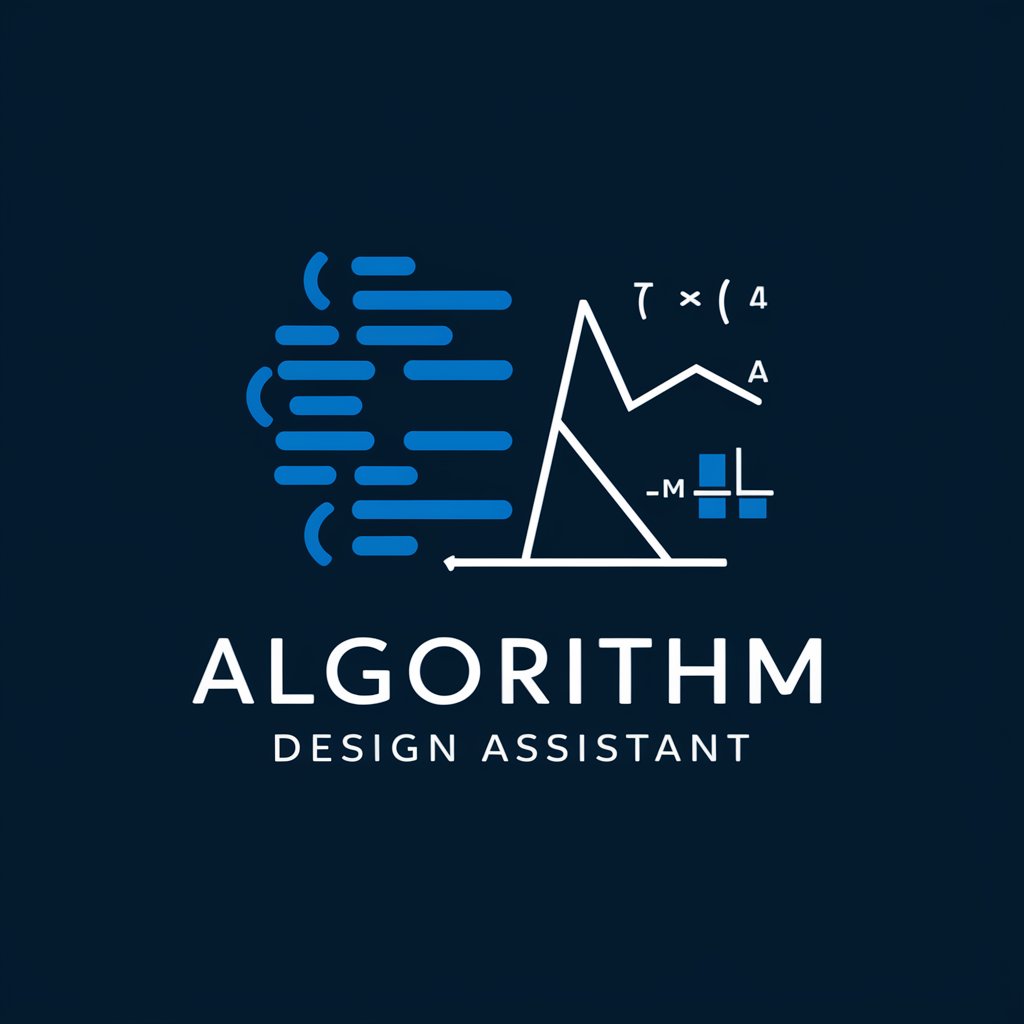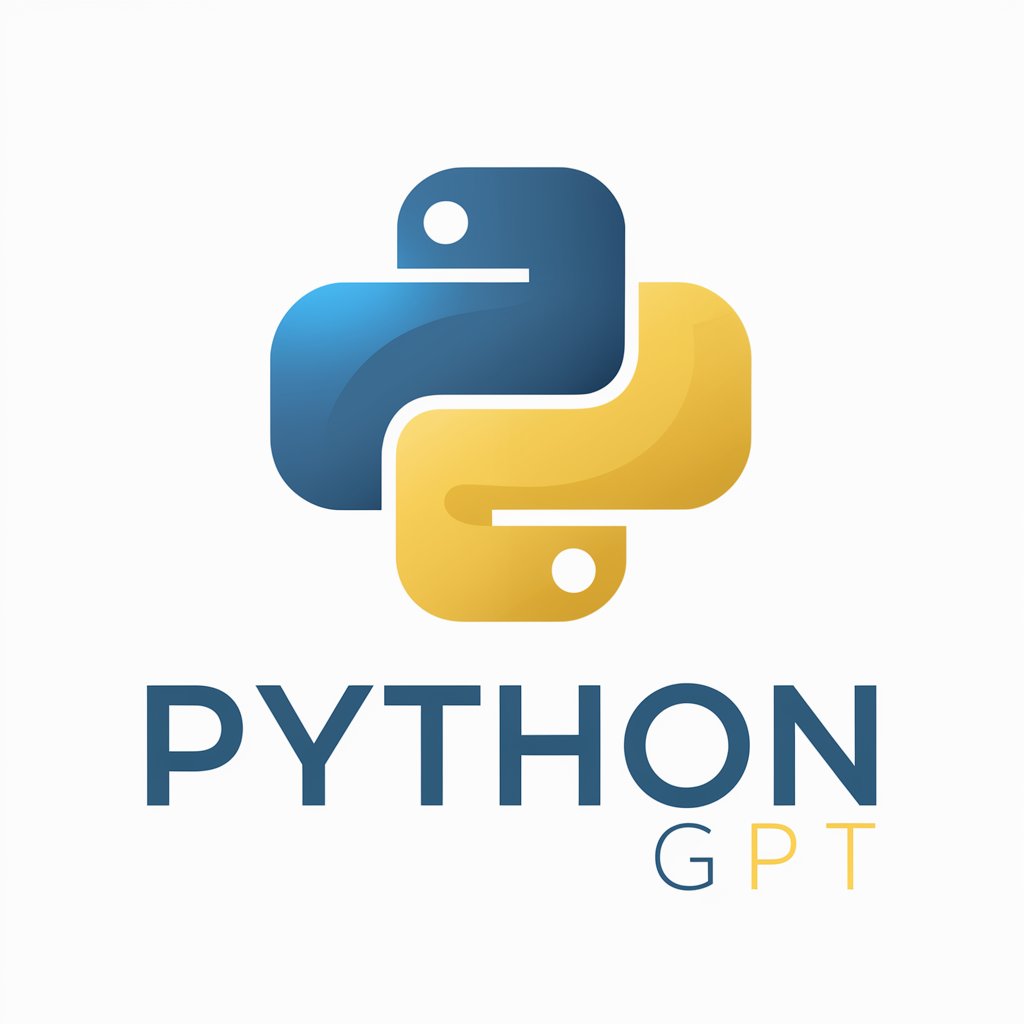Machine Learning - Machine Learning Expertise

Welcome! How can I assist you with your machine learning journey today?
Empowering AI-Driven Solutions
Can you help me understand the basics of machine learning?
I'm having trouble with my TensorFlow code, can you assist?
What are some best practices for data preprocessing in PyTorch?
How do I improve the accuracy of my sklearn model?
Get Embed Code
Overview of Machine Learning
Machine Learning (ML) is a field of artificial intelligence (AI) that focuses on the development of algorithms and statistical models that enable computers to perform tasks without explicit instructions, relying on patterns and inference instead. It is fundamentally about the construction and study of systems that can learn from data. The core of ML is the ability of a system to learn from data, improve over time, and make predictions or decisions based on new, unseen data. Key components include data preprocessing, feature engineering, model selection, training, evaluation, and deployment. Examples of ML applications include image and speech recognition, medical diagnosis, stock market trading algorithms, and recommendation systems in e-commerce. Powered by ChatGPT-4o。

Key Functions and Use Cases of Machine Learning
Predictive Analytics
Example
Forecasting stock market trends
Scenario
In finance, ML algorithms analyze historical stock data to predict future market behaviors. This helps investors make informed decisions.
Natural Language Processing
Example
Chatbot interactions
Scenario
In customer service, ML-driven chatbots process and interpret human language to provide automated support, enhancing user experience.
Image and Video Analysis
Example
Facial recognition systems
Scenario
In security, ML models are trained to recognize and verify individuals' faces for authentication purposes, enhancing security measures.
Anomaly Detection
Example
Fraud detection in banking
Scenario
ML algorithms identify unusual patterns in financial transactions to detect and prevent fraudulent activities.
Recommendation Systems
Example
Personalized content recommendations
Scenario
In streaming services, ML algorithms analyze user preferences and viewing habits to suggest personalized content, improving user engagement.
Target User Groups for Machine Learning Services
Data Scientists and Analysts
Professionals who specialize in analyzing complex data sets to extract insights. They use ML to build predictive models and interpret data patterns.
Software Developers
Developers integrate ML algorithms into applications to add intelligence and automation, such as predictive typing or personalized user experiences.
Business Professionals
Executives and managers use ML insights for strategic decision-making, market analysis, and to optimize operational efficiencies.
Researchers and Academics
Individuals in scientific and academic fields leverage ML for experimental analysis, hypothesis testing, and discovering new patterns in data.
Healthcare Providers
Medical professionals use ML for diagnostic assistance, patient data analysis, and personalized treatment planning.

Guidelines for Using Machine Learning
Start Your Journey
Visit yeschat.ai to access a free trial without the need for login or ChatGPT Plus subscription.
Identify Your Goal
Clarify the problem you want to solve with machine learning, whether it's data analysis, prediction, automation, or pattern recognition.
Gather and Prepare Data
Collect relevant data and preprocess it. This involves cleaning, normalization, feature extraction, and splitting into training and test sets.
Choose an Algorithm
Select a machine learning algorithm suited to your task. Consider factors like data size, complexity, and the nature of the problem (classification, regression, etc.).
Train and Evaluate
Train your model using the training data set and evaluate its performance using the test set. Fine-tune the model to improve accuracy and prevent overfitting.
Try other advanced and practical GPTs
Viral Hook Maker
Crafting Captivating Content with AI

Flutter Riverpod GPT
Empowering Flutter development with AI-powered Riverpod guidance

Ruby on Rails
Build web applications with ease and speed.

The Algorithm
Empowering innovation with AI-powered algorithm guidance.

Weather Graphics Wizard
Visualize Real-Time Weather with AI

辛口アドバイザー
Straightforward advice, powered by AI

Alexis Sophia先生と学ぶ『ギリシャ神話×自己成長』
Explore Myths, Uncover Growth

Calorie Tracker
AI-Powered Precision in Calorie Counting

Master of Swift
Empowering your coding and editing journey with AI.

Python
Empower Your Coding with AI

Un-Bias The Truth
Empowering informed decisions with AI.

Lesson Planner Pro
Empowering educators with AI-driven lesson planning.

Machine Learning Q&A
What are the key differences between supervised and unsupervised learning?
In supervised learning, algorithms are trained on labeled data, where the output is known. It's used for tasks like classification and regression. Unsupervised learning, on the other hand, deals with unlabeled data, discovering hidden patterns within, commonly used in clustering and association.
How does deep learning differ from traditional machine learning?
Deep learning is a subset of machine learning that uses neural networks with multiple layers. It excels in handling large and complex datasets and is particularly effective in tasks like image and speech recognition.
Can machine learning predict stock market movements?
Machine learning can analyze and find patterns in historical market data, but its predictive accuracy for stock prices is limited due to the market's inherent unpredictability and external factors.
What is the role of data preprocessing in machine learning?
Data preprocessing is crucial as it involves cleaning and transforming raw data into a suitable format, improving the quality of data and consequently the accuracy and efficiency of the ML models.
Is Python the best language for machine learning?
Python is highly popular in machine learning due to its simplicity, readability, and rich ecosystem of libraries like TensorFlow, PyTorch, and scikit-learn. However, the 'best' language can depend on specific project requirements and personal preference.
